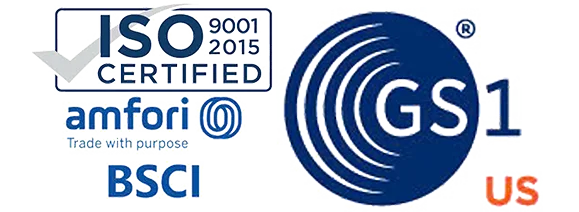Types of CNC machining
CNC machining is a manufacturing process used in various industries including automotive, aerospace, construction, and agriculture, capable of producing a variety of products such as car frames, surgical equipment, aircraft engines, gears, gardening tools, and handheld devices.
The process involves designing various machining operations controlled by a computer – including mechanical, chemical, electrical, and thermal processes – to remove the necessary material from the workpiece to produce a custom part or product.
While chemical, electrical, and thermal machining processes are addressed in later sections, this section will explore some of the most common CNC mechanical machining processes, including:
1.Drilling
2.Milling
3.Turning
CNC Drilling
Drilling is a machining process that utilizes a multi-point drill bit to create a cylindrical hole on a workpiece. In CNC drilling, typically, the CNC machine positions the drill bit perpendicular to the surface of the workpiece, creating holes aligned along the vertical axis with a diameter equal to that of the drill bit used for the drilling operation.
However, angled drilling operations can also be performed using specialized machine configurations and drilling equipment. The capabilities for drilling operations include peck drilling, continuous drilling, reaming, and countersinking.
CNC Milling
Milling is a machining process that utilizes a rotating multi-point cutting tool to remove material from a workpiece. In CNC milling, the CNC machine typically feeds the workpiece into the cutter in the same direction as the cutter’s rotation, whereas in manual milling, the machine would feed the workpiece in the opposite direction to the cutter’s rotation.
The capabilities of milling operations include face milling – cutting shallow, flat surfaces and flat-bottomed grooves in the workpiece – and peripheral milling – cutting deep grooves such as slots and threads in the workpiece.
CNC Turning
Turning is a machining process that uses a single-point cutting tool to remove material from a rotating workpiece. In CNC turning, a machine (often a CNC lathe) feeds the cutting tool along a straight path along the surface of the rotating workpiece, removing material over a circumference until the desired diameter is achieved to produce cylindrical parts with external and internal features such as grooves, tapers, and threads.

CNC turning in multi-axis machines expands the operational capabilities to include facing, turning, grooving, and threading. When comparing CNC milling machines with CNC lathes, lathes, mills, and their respective rotating tools are better suited for more complex parts. However, lathes with rotating workpieces and static cutting tools are best for manufacturing round parts faster and more accurately.
| Machining Operations | Features |
| Drilling | Utilizes rotating multi-point drill bit |
| Drills workpiece vertically or at an angle | |
| Creates cylindrical holes on workpiece | |
| Milling | Uses rotating multi-point cutting tool |
| Feed direction aligned with tool rotation | |
| Removes material from workpiece | |
| Produces various shapes | |
| Turning | Single-point cutting tool |
| Rotates workpiece | |
| Tool feeds along workpiece surface | |
| Removes material from workpiece | |
| Produces cylindrical or round parts |
Other CNC Machining Operations:
- Sawing
- CNC Laser Cutting
- CNC Punching
- CNC Bending/Rolling
- Welding
- Pressing & Stamping
- Tube Bending
- Metal Cutting
- Milling
- Planing
- Drilling
- Tapping
- Countersinking
- Deburring
- Grinding

